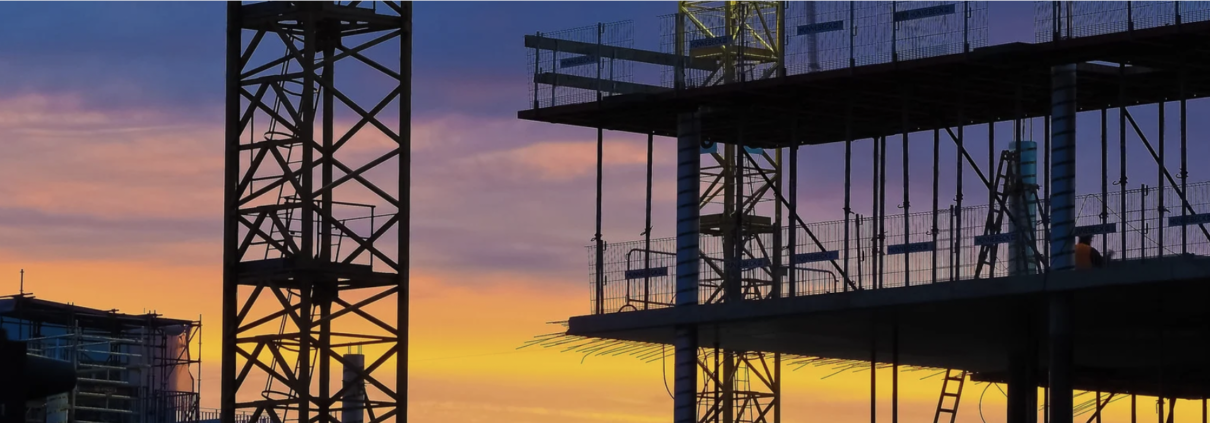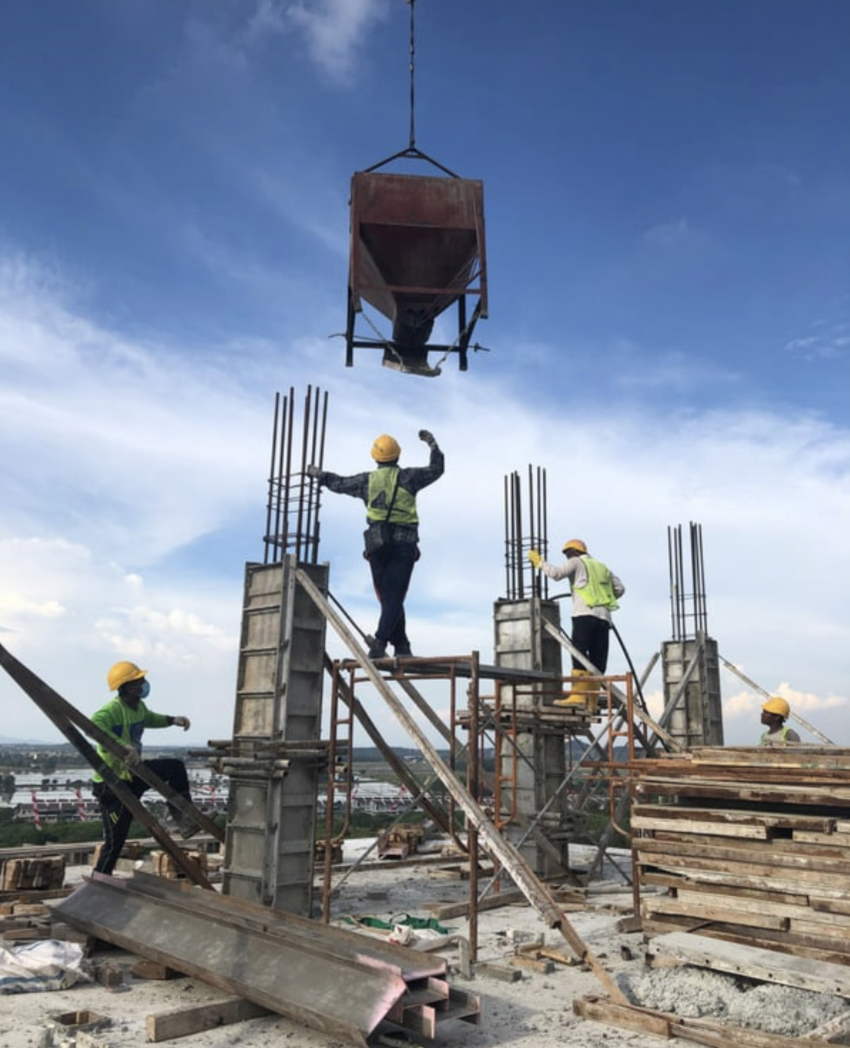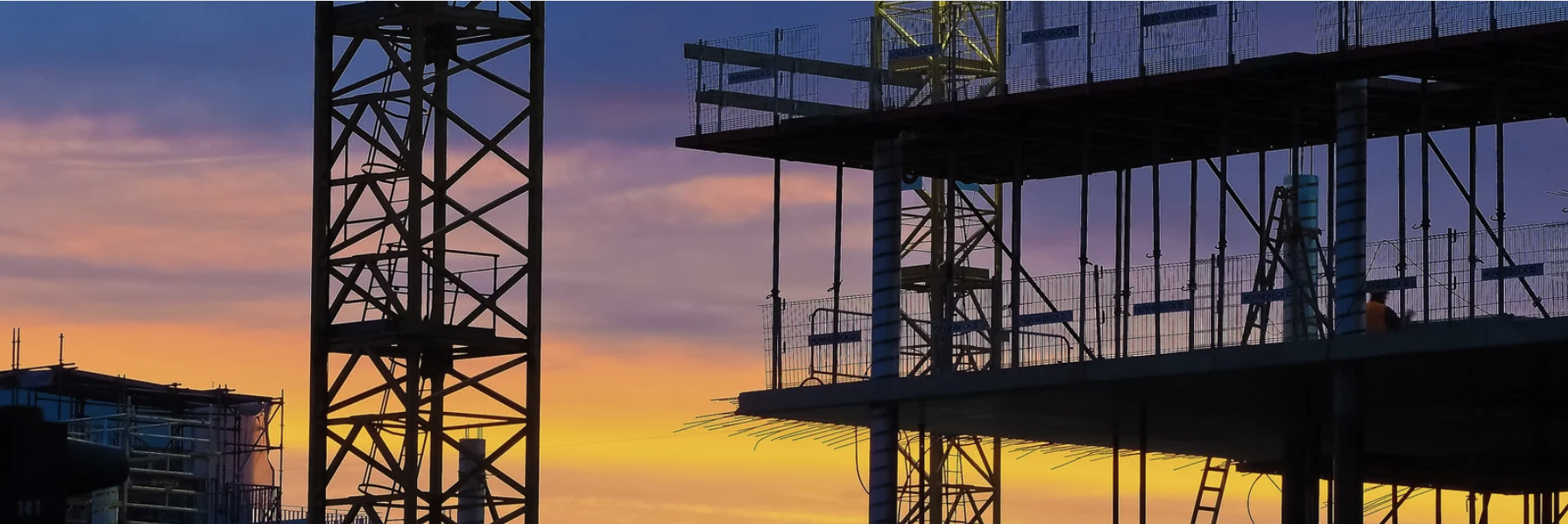
The construction sector is one of the world’s biggest consumers of natural resources and producers of waste. Faced with growing environmental challenges, the construction industry is increasingly turning to the principles of the circular economy to reduce its ecological impact and create a more sustainable future. This innovative approach aims to minimize waste, optimize the use of resources and extend the lifespan of materials and structures.
Circular economy principles applied to construction
The circular economy in the construction sector is based on several key principles:
- Designed for durability and adaptability
- Use of recycled and recyclable materials
- Minimizing waste during construction
- Optimizing energy efficiency
- Reuse and renovation of existing buildings
- Deconstruction and end-of-life recycling
These principles are implemented through a variety of innovative practices and technologies that are transforming the way we design, build and manage our buildings.
Designed for durability and adaptability
The first step towards a circular economy in construction begins at the design stage. Architects and engineers are increasingly adopting a holistic approach, taking into account the entire life cycle of a building. This means designing flexible, adaptable structures that can evolve over time to meet new needs, rather than being demolished and rebuilt. For example, the Edge Olympic building in Amsterdam, designed by PLP Architecture, is a perfect illustration of this concept. Its modular structure makes it easy to reconfigure interior spaces, adapting to changes in use over time. What’s more, the building incorporates intelligent systems that optimize the use of energy and water, thus reducing its overall environmental footprint.
Use of recycled and recyclable materials
The use of recycled and recyclable materials is another pillar of the circular economy in construction. Numerous innovative projects demonstrate the potential of these materials to create sustainable and aesthetically pleasing buildings. One outstanding example is the People’s Pavilion, designed for Dutch Design Week 2017. This temporary structure was built entirely from borrowed or recycled materials, including façade panels made from recycled plastic. After the event, all materials were returned or reused, demonstrating the concept of zero waste construction. The use of recycled concrete is also gaining ground. The LocHal project in Tilburg, Netherlands, used recycled concrete for its structure, significantly reducing the building’s carbon footprint. This approach not only reduces demand for new resources, but also diverts construction waste from landfill.
Minimizing waste during construction
Reducing waste on construction sites is a major challenge that the circular economy seeks to address. Modular and off-site construction techniques are increasingly being used to minimize waste and optimize efficiency. The PLACE/Ladywell project in London, designed by Rogers Stirk Harbour + Partners, is an excellent example of modular construction. This temporary housing complex was built using prefabricated modules, reducing on-site waste and enabling rapid assembly. What’s more, the structure can be dismantled and reassembled on another site, extending its useful life.


Optimizing energy efficiency
Energy efficiency is a crucial aspect of the circular economy in construction. Positive-energy buildings, which produce more energy than they consume, represent the future of sustainable construction. The Powerhouse Brattørkaia in Trondheim, Norway, is an impressive example of a positive-energy building. Designed by Snøhetta, this office building generates more than twice the electricity it consumes on a daily basis, thanks to a combination of solar panels, ground-source heat pumps and a design optimized to maximize natural light and minimize heating and cooling requirements.
Reuse and renovation of existing buildings
Renovation and reuse of existing buildings are key aspects of the circular economy in construction. Rather than demolishing and rebuilding, the trend is towards the creative transformation of existing structures to give them new life. A notable example is the transformation of the former Gare Maritime station in Brussels into a dynamic work and leisure space. The project, by Neutelings Riedijk Architects, has preserved the historic structure while integrating modern, sustainable spaces. The building uses recycled and recyclable materials, and incorporates energy-saving technologies to minimize its environmental impact.
Deconstruction and end-of-life recycling
The end-of-life phase of a building is a crucial aspect of the circular economy. Deconstruction, as opposed to traditional demolition, enables a large proportion of a building’s materials to be recovered and reused. The Circle House project in Denmark is a pioneer in this field. Designed by 3XN Architects, this housing project is designed to be fully demountable, with 90% of materials able to be reused without loss of value. Each building component is labelled with information on its composition and reuse potential, creating a “material passport” to facilitate future recycling.
Challenges and opportunities
Despite the progress made, the widespread adoption of the circular economy in the construction sector faces several challenges. Higher initial costs, lack of favorable regulations and resistance to change in a traditionally conservative industry are all obstacles to overcome. However, the opportunities are immense. The circular economy in construction offers the potential to significantly reduce the sector’s environmental impact, while creating new economic opportunities and improving the quality of life in our built environments.
Conclusion
The circular economy in the construction sector represents a fundamental paradigm shift in the way we design, build and manage our built environments. By embracing the principles of the circular economy, the construction industry can play a crucial role in tackling climate change and creating a more sustainable future. The innovative examples mentioned in this article demonstrate that circular construction is not just a vision for the future, but a reality in the making. Buildings like the Edge Olympic in Amsterdam, the People’s Pavilion in the Netherlands, and the Powerhouse Brattørkaia in Norway, show the way to a future where our buildings are not only places to live and work, but also positive players in our ecosystem. As we face unprecedented environmental challenges, adopting the circular economy in construction is no longer an option, but a necessity. It offers a promising way to reduce our impact on the planet while creating healthier, more sustainable living and working spaces for future generations. The road to a fully circular construction industry is still a long one, but every innovative project, every new technology and every supportive policy brings us closer to that goal. By continuing to innovate, collaborate and push the boundaries of what’s possible, we can truly build a sustainable future for all. Discover CircularPlace, the reuse platform you need! #SustainableBuilding #CircularEconomy #GreenInnovation #WeAreCircular
Read also
Questions about CircularPlace?

